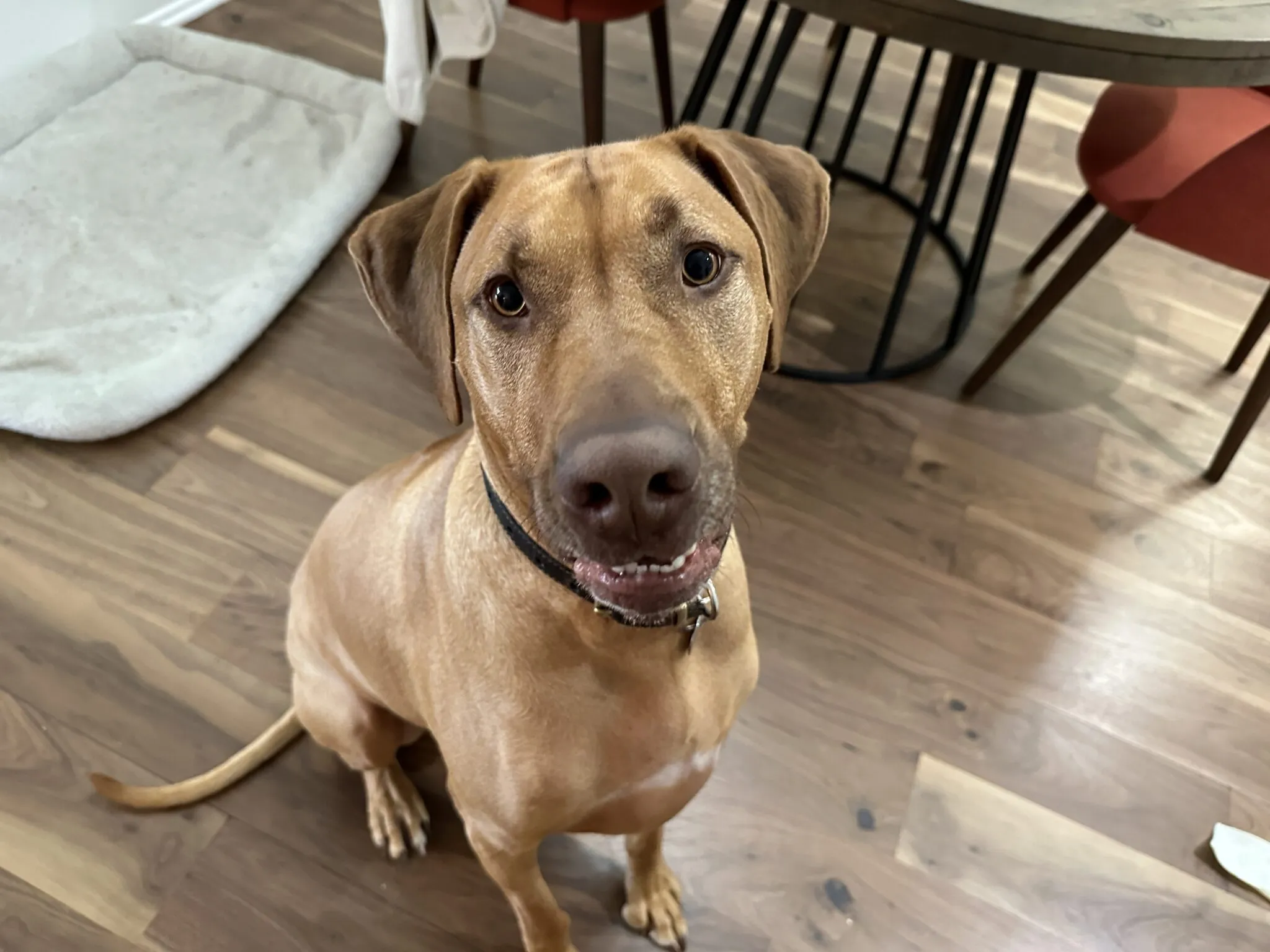Teaching your dog to refrain from barking at other dogs is a common challenge for many pet owners, especially in bustling environments. This guide, drawing insights from professional dog behaviorists, provides effective strategies to help your canine companion develop better manners around other pups. Understanding the root cause of the barking and applying consistent, positive reinforcement methods are key to successfully training your puppy for peaceful nights and respectful interactions.
Understanding Why Dogs Bark at Other Dogs
The first step in addressing a dog’s barking problem is to identify the underlying reason. Many owners overlook their dog’s emotional state, but knowing “why” is crucial for modifying behavior. Often, dogs bark at other dogs because they feel uncomfortable, fearful, or even overly excited. If barking causes other dogs to go away, your dog learns that the behavior is effective, reinforcing the unwanted habit. Addressing this emotional state is paramount to successful training.
Implementing Positive Training Techniques
To effectively Train Dog Not To Bark At Other Dogs, the goal is to create a positive association with other canines. This involves gradually exposing your dog to other dogs in a controlled manner and rewarding calm, non-reactive behavior.
Controlled Exposure and Distance Management
When starting, it’s vital to manage the distance between your dog and other dogs. Begin far enough away that your dog notices the other dog but doesn’t feel the need to bark. At this comfortable distance, reward your dog with high-value treats and praise for simply looking at the other dog without reacting. The objective is for your dog to practice being around other dogs without barking because you are actively managing the situation to ensure their comfort. This approach helps reshape their perception from “threat” or “excitement” to “something positive happens when I’m calm.”
The Engage-Disengage Game
A highly effective technique is the “Engage-Disengage” game. This involves rewarding your dog for looking at another dog (engage) and then looking back at you (disengage) without barking. Every time your dog calmly glances at another dog and then redirects their attention to you, they receive a treat. This game teaches them that engaging with other dogs calmly, and then disengaging, leads to a positive outcome. It’s a fantastic way to reinforce desirable behavior on walks or in public spaces, aiding in leash-free walking success.
 Rhodesian Ridgeback Cooper observing another dog calmly during a training session
Rhodesian Ridgeback Cooper observing another dog calmly during a training session
Counter-Conditioning for Fear and Anxiety
For dogs whose barking stems from fear or anxiety, counter-conditioning is an invaluable tool. This method involves repeatedly giving your dog treats while they are in the presence of whatever makes them fearful (in this case, other dogs), but from a distance where they do not feel compelled to react. The continuous pairing of the feared stimulus with something highly positive (treats) helps to change your dog’s emotional response over time. This can also help with general manners like preventing unwanted jumping from excitement or anxiety.
Consistency and Short, Successful Sessions
Regardless of the technique chosen, consistency and the duration of training sessions are paramount. It’s crucial to practice in short, successful sessions. Training a dog not to bark at other dogs can be emotionally intense for your pet, so avoid practicing for too long, which can lead to frustration and potential failure. Instead, aim for frequent, brief sessions where your dog consistently succeeds. If you encounter another dog while not prepared to train, practice avoidance by crossing the street or changing direction. This prevents your dog from rehearsing the unwanted barking behavior. By consistently managing enthusiastic greetings and other behaviors, you build a foundation of trust and control.
Conclusion
Teaching your dog to be calm and quiet around other dogs requires patience, understanding, and consistent positive reinforcement. By identifying the reasons for barking, utilizing techniques like controlled exposure, the Engage-Disengage game, and counter-conditioning, and focusing on short, successful training sessions, you can help your dog develop better social skills. Remember, the goal is to create positive associations and reinforce desired behaviors, ultimately leading to a more harmonious relationship with your furry friend and their canine companions. For further personalized guidance, consider consulting with a certified professional dog trainer in your area.
